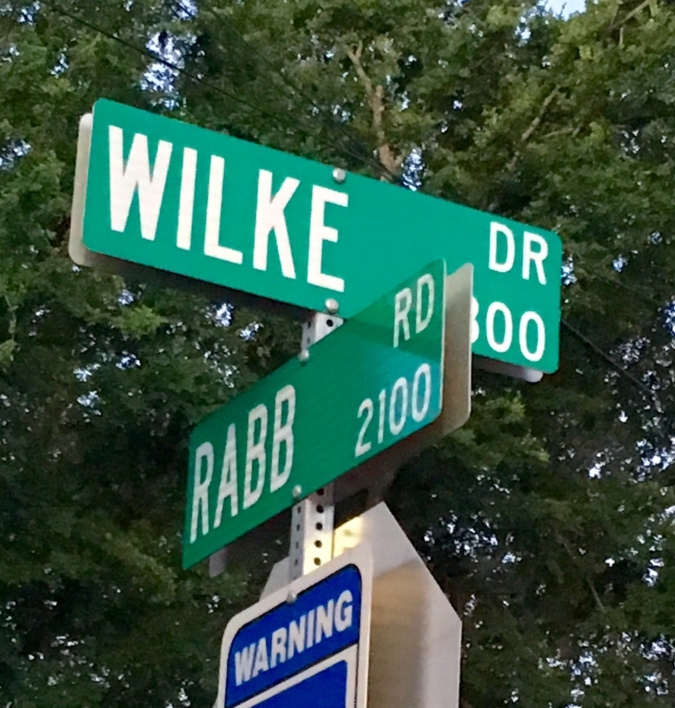High Five Events’ staff dish out their favorite Austin hill workout locations
Hill repeats – the workout runners love to hate. Every training plan should have at least one hill workout per week. Runners reap many benefits from increased lower body strength to expanded lung capacity. If you’re new to Austin or in town for visiting, make sure you put one of these Austin hill workout locations on your list. Some of the staff at High Five Events give the lowdown on their favorite Austin hill workout locations. Need some motivation to get you going? These six tips will help!
Meg
Hill of Life repeats on the Greenbelt. These help me get ready for technical trail runs. If I’m in the early stages of prepping for a road race they give me great lower body workout whether I am running or hiking up the hill. What’s better than a stair stepper or box step-ups?! Nature’s stairs and box steps! Plus, it makes you appreciate the smoothness of the road.
Laura
Wilke Drive repeats. It is not fun. It is HARD, but you’ll get a great workout out of it.
Emily
Hill sprints west on North Hills Drive in front of Murchison Middle School off of Far West Boulevard. I live near there so I get a few warm-up miles before the pain game begins.
Stacy (two locations!)
Grove Drive out of Roy Guerrero Park is a closed road/bike path with a 450m hill. It ends at the end of Montopolis Drive near Ed Bluestein. Park and warm up at Guerrero, then do repeats. If you like to suffer with no one around to see, this is a good place to run. Plus it’s shaded the whole way!
Loop in East Riverside neighborhood – Begin at Old East Riverside Drive and Summit Street, run to Sunnyvale Street and take a left, loop around Lupine Lane, right on Upland Drive, left on Old East Riverside Drive, and back to Summit Street. You get three good hills in just under one mile (.9). It’s in my neighborhood so it’s close, mostly shaded, and safer because of low traffic. And I can run it at night if I need to!
Jack
Wilkie Drive repeats. As many as you can handle while still giving a decent effort. Run hard up Wilke, then come down easy and in control. Do this regularly and watch the repetitions you can complete increase over time!
Joey
My favorite hill workout is a brick that I can do from my house. Starting at the bottom of Coronado Hills I ride a 1.3-mile loop 5x and then run to the top at Berkman Drive and back once. That’s just under a mile. I’ll repeat that circuit five or six times when I’m training for a sprint or Olympic distance race. Aside from being close to home, there isn’t much traffic which is a serious bonus.
William
Stratford Drive repeats with RAW Running. This workout is shorter (~400m), but the climb will is why you run this. Start outside the Rowing Dock. It begins relatively flat, then sharply increases, featuring a couple of climbs. There are a couple of turns and a flat part before the second climb. Really focus on grinding up the hill, shorten your stride, slightly lean forward, and pump those arms!
You know the benefits of hill workouts and that you should add them to your training plan. You’ll see the benefits with just one hill workout a week! Do you have a favorite Austin hill workout location that we didn’t mention? Let us know on Facebook or Twitter!




